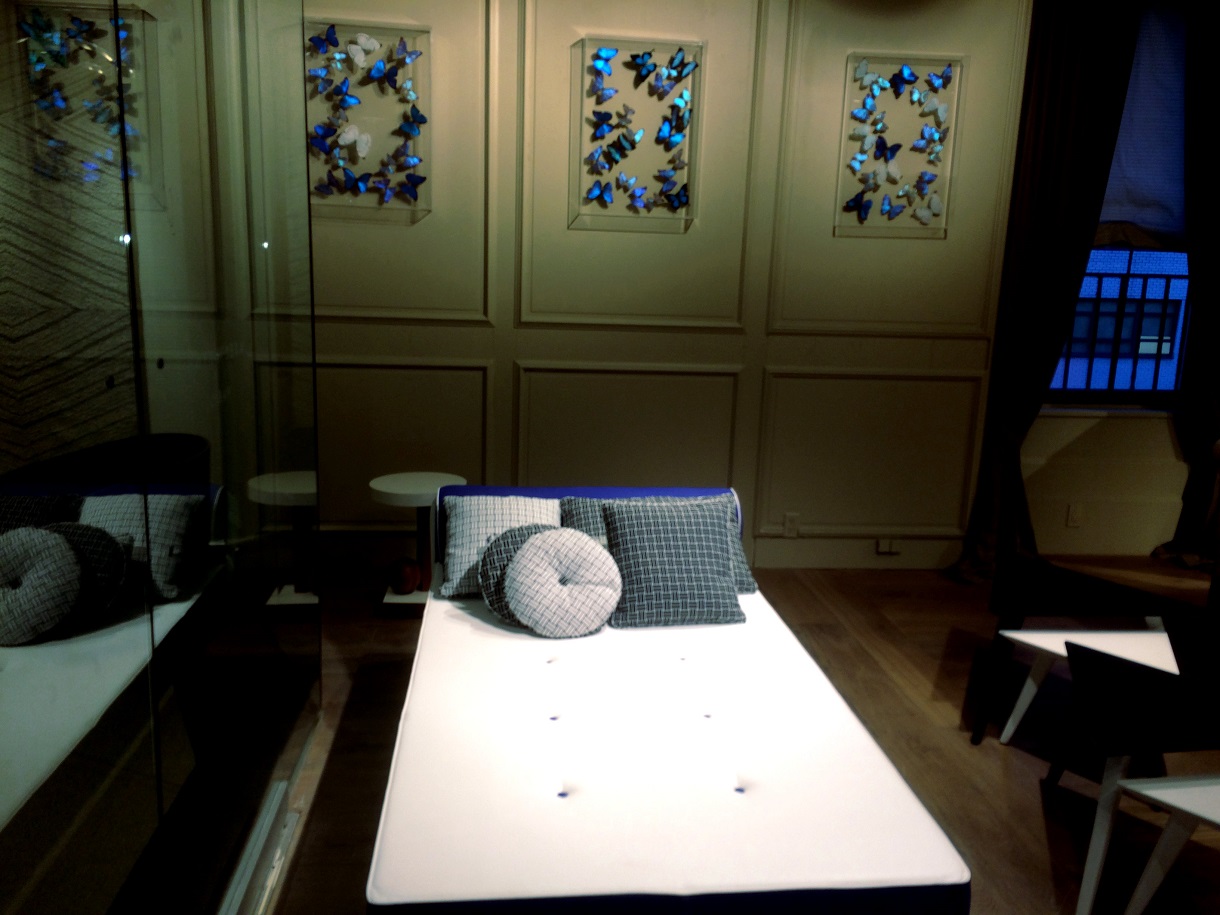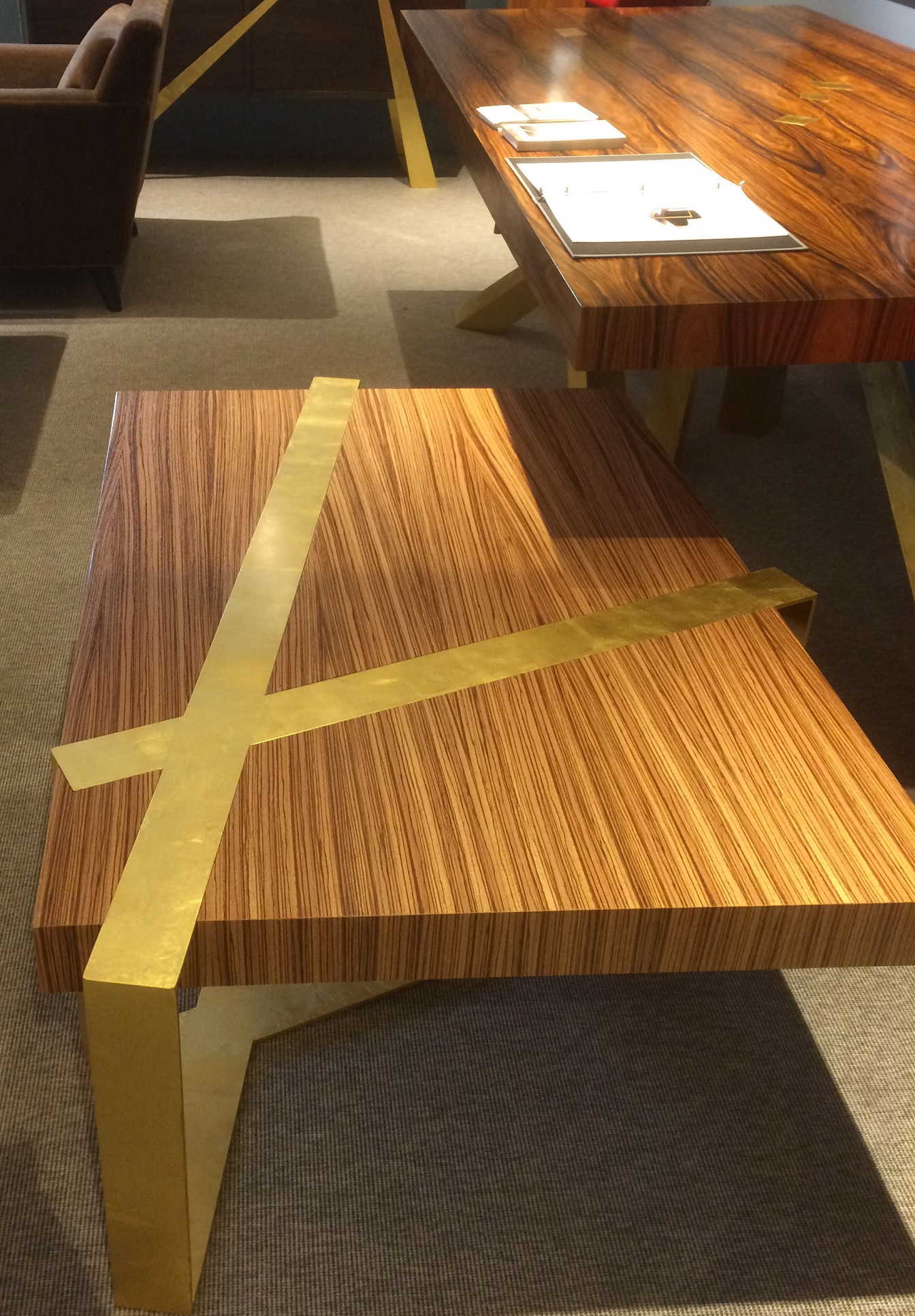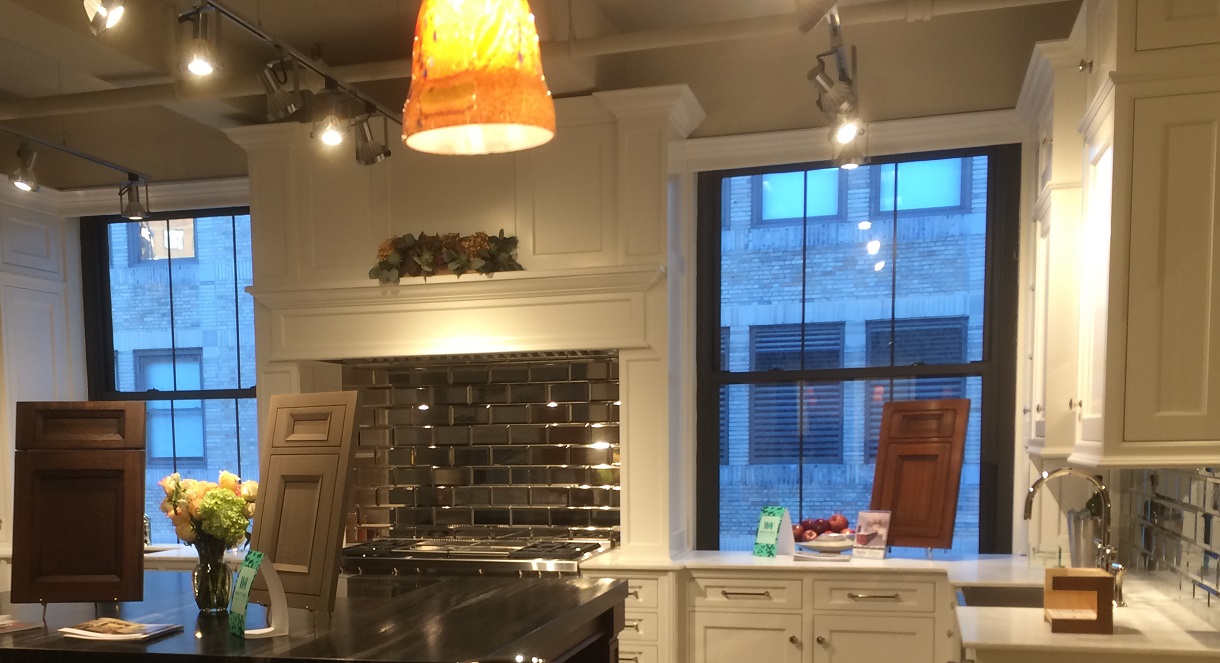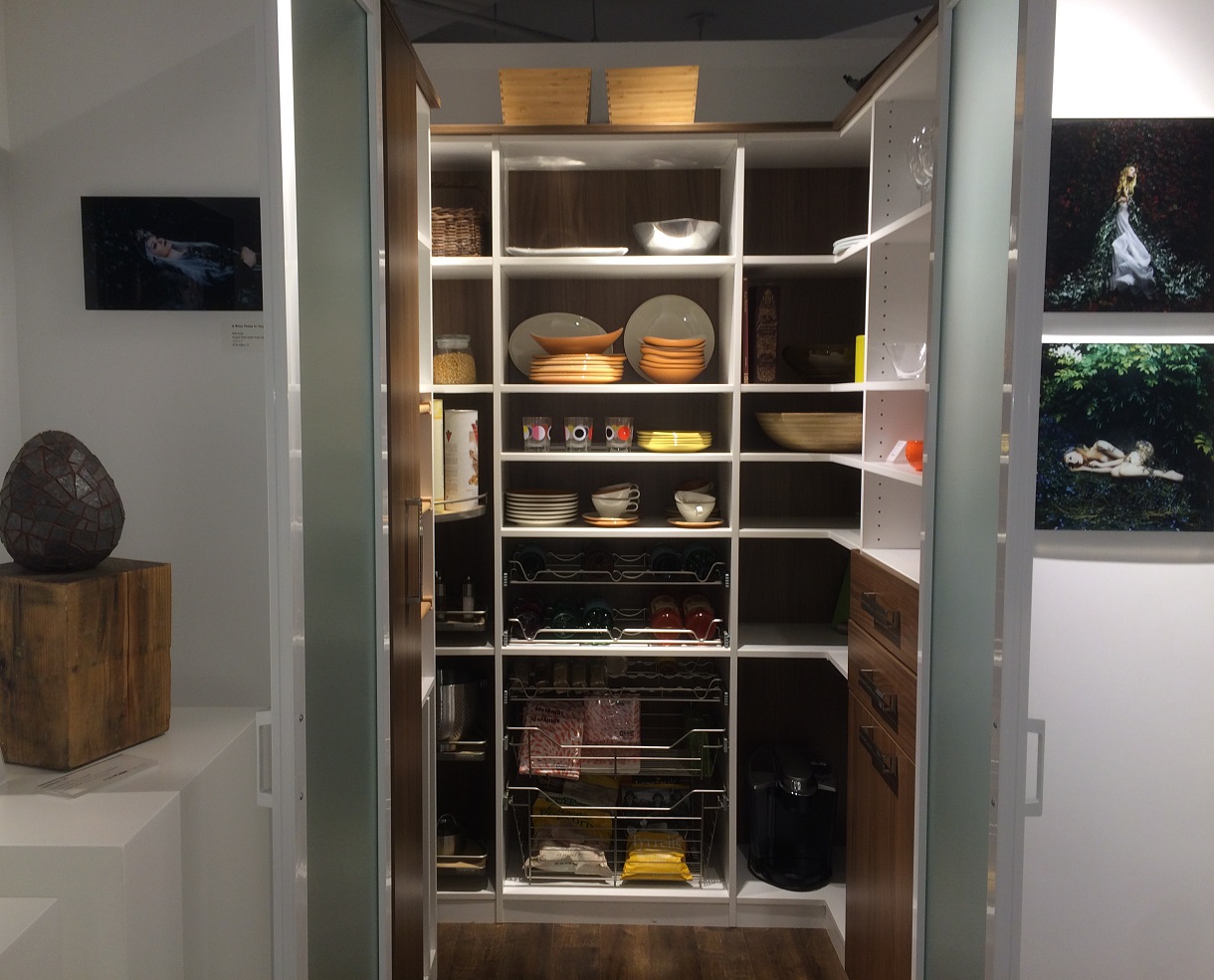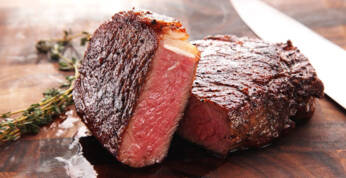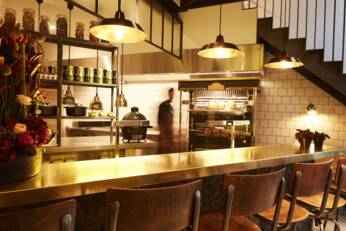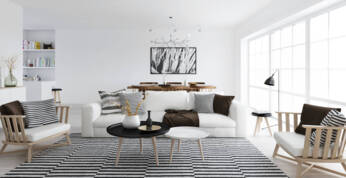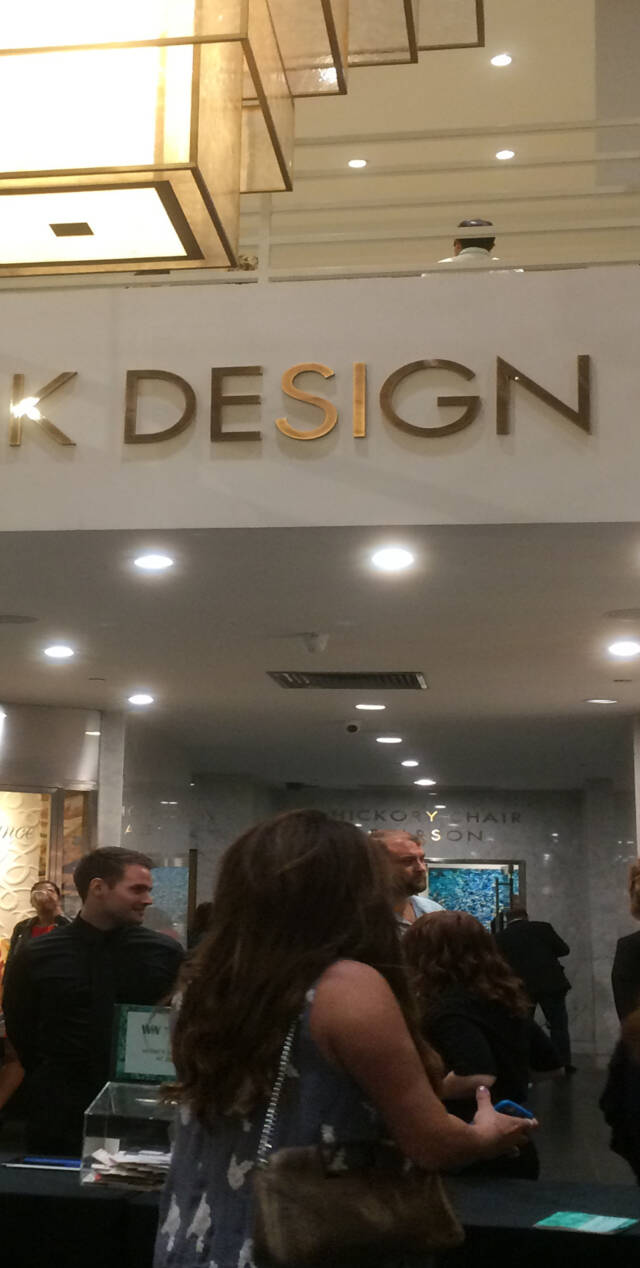
What's New, What's Next!
At the New York Design Center, the hottest trends in interior design
16 floors, 100 suites, 90 years of activity: on 22 September, the historic New York Design Center in Manhattan presented the eighth edition of What's New What's Next 2016, a must-see event showcasing ideas and products from the top names in the world of design.
People hunting for inspiration from the latest trends in design and furnishings were spoiled for choice: in addition to the exhibition with its wealth of displays filling all the floors of the building, moving imperturbably from traditional to vintage through to modern, the organisers offered a variety of panels and conversations with leading names in design and publishing. The event took place in a festive cocktail-party atmosphere, where the guests even included the two fake presidential candidates. Let’s not forget, the US elections are approaching fast.
Finding a common threadamong the countless ideas on display was no simple matter: classic style was countered by rustic, modern contemporary was followed by retro. Even so, most people, if not everyone, did seem to agree on one thing: the return to nature.
Design now takes its inspiration from the organic world, not only for form and colour, but for materials and decorations too. Plants and items from the garden and the woods are legitimate elements of interior decor, in every room.
Tree trunks become tables with Phillips Collection, which also presents original rough stone sculptures; the colours and fluttering wings of butterflies above the bed created by «emotion distiller» Axel Huynh, which keep watch over our slumbers; the wooden table with gilded metal inlays by Gabriel Dean, who works exclusively with local craftsmen to produce his designs.
So the preference is for natural materials, wood in particular, with its warm, embracing hues, followed by marble, stone and cement, suitable for all domestic spaces.
In the kitchen, the heart of the home, the distinguishing feature is the combination of materials. Wood, of course, but also stainless steel and marble, in an endless variety of new combinations. In the Wood-Mode kitchen, for example, the multi-functional central island in dark brown wood contains a digital hob placed opposite a second steel hob, and a wall created from a mosaic of tiles, also in steel. An eye-catching and functional solution, repeated on the wall behind the sink. If steel guarantees a striking visual effect, the palette creates warm, welcoming spaces to enhance the sense of conviviality, often with pale colours.
In the various kitchen displays, the central island is the most popular feature, in an open space with equipment and utensils in full view. Accessibility and maximum functionality geared to the contemporary lifestyle, where, increasingly, the kitchen is the domestic hub.
And if space is tight? An alternative proposal to the classic kitchen came from TransForm (which, in keeping with the penchant for nature, also exhibited clothes by Catherine Latson made entirely from organic materials, such as petals, peacock feathers, leaves and shells): a multi-functional mini-apartment that rotates around itself. An intelligent design solution for a future of ever smaller urban spaces, which, in a highly organised, original way, literally transforms the kitchen, with pull-out surfaces and all products visible at a glance, to maximise the available area.
The keyword when designing the kitchen space is personalisation. To suit the needs of the individual, their «approach» to the kitchen and their love (or otherwise) of cooking.
So our personal style is blended into the design of the space, which changes and is moulded to suit the needs of its specific user, making us feel truly at home: every single detail is thought out to suit the person living there. This emerged from the “Design and Kitchen Designers” Kitchen panel, where designers Robert Bakes (Bakes and Kropp), Dave Burcher, Alexi Knight and Joy Young, moderated by interior designer Robert Passal, discussed the future of kitchen design.
A rapidly approaching future, where a leading role will be played by technology. New technological wonders are changing the way we experience the kitchen: hi-tech accessories, recessed ventilation systems, digital scales and thermometers,applications for recipes are just some examples.
Some designers have gone even further, like Alexandra Knight of Korts & Knight. While her kitchen projects include both traditional and contemporary elements, to permit the greatest possible design freedom, and accommodate a multitude of budgets, at the Big Apple event she explored new ways of presenting design ideas, with a room in her suite dedicated to Enhanced Design Reality. Here for example, Federico Remiti's Mulholland Studios offered a futuristic solution to the question of how best to innovate or renew our homes, and the kitchen in particular. A simple 3D headset allowing visitors to take a virtual tour through the apartment, to move the furnishings and create solutions to suit their specific tastes. With this innovation, the design and configuration of the kitchen of one’s dreams is not a mere functional operation, it is, above all, a truly engaging experience.
Related Articles



